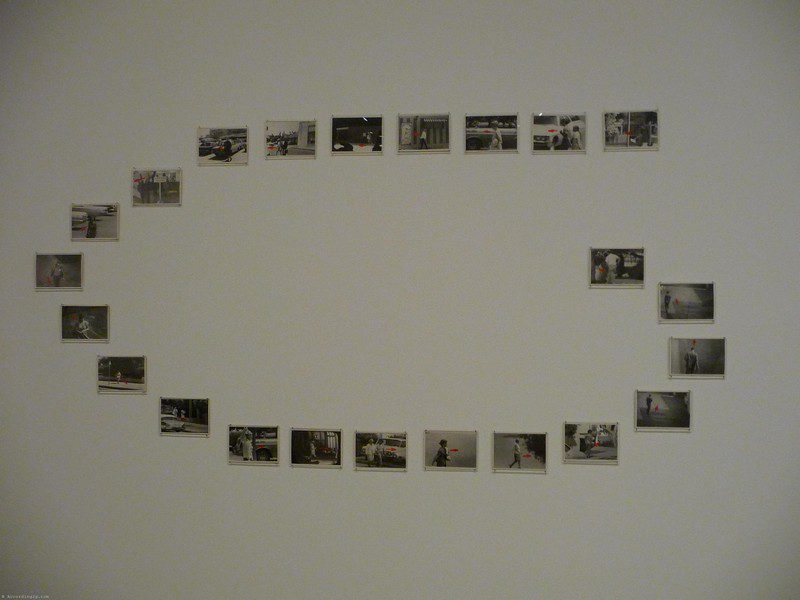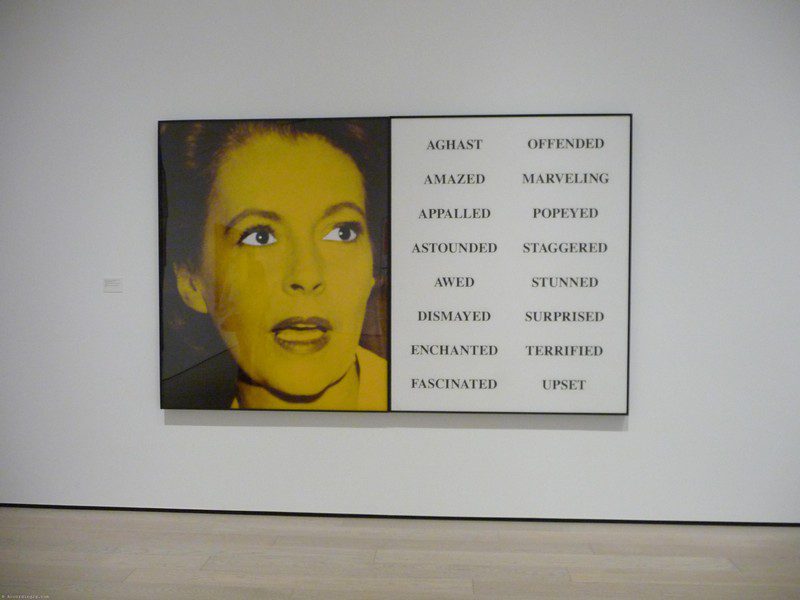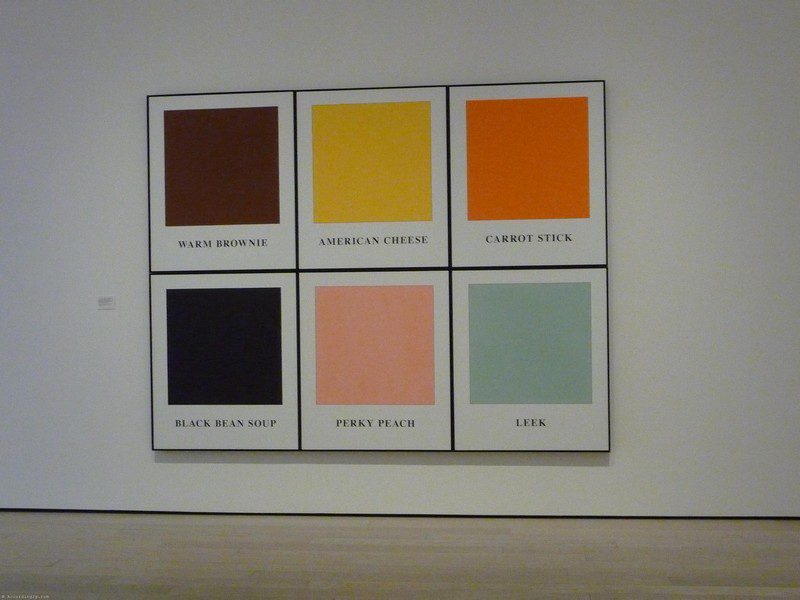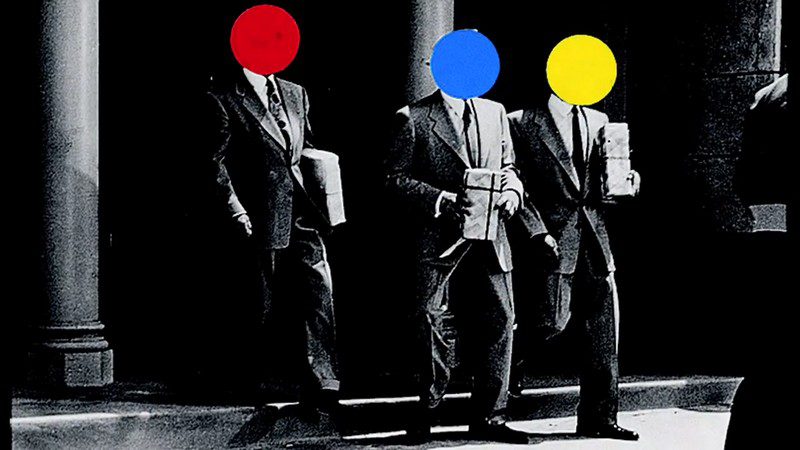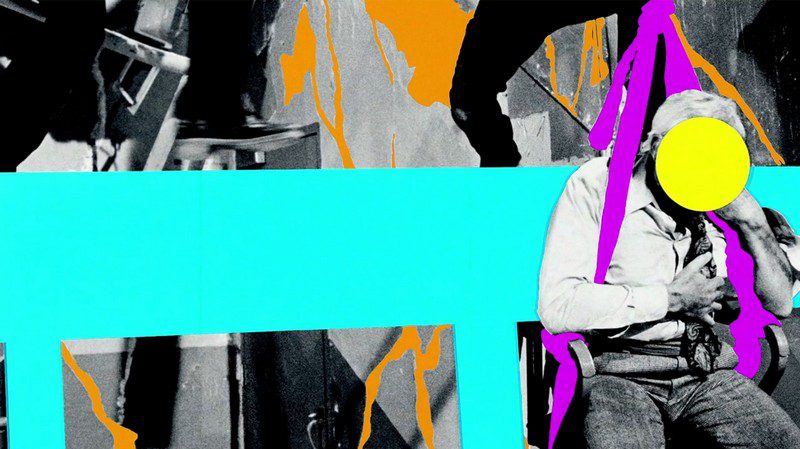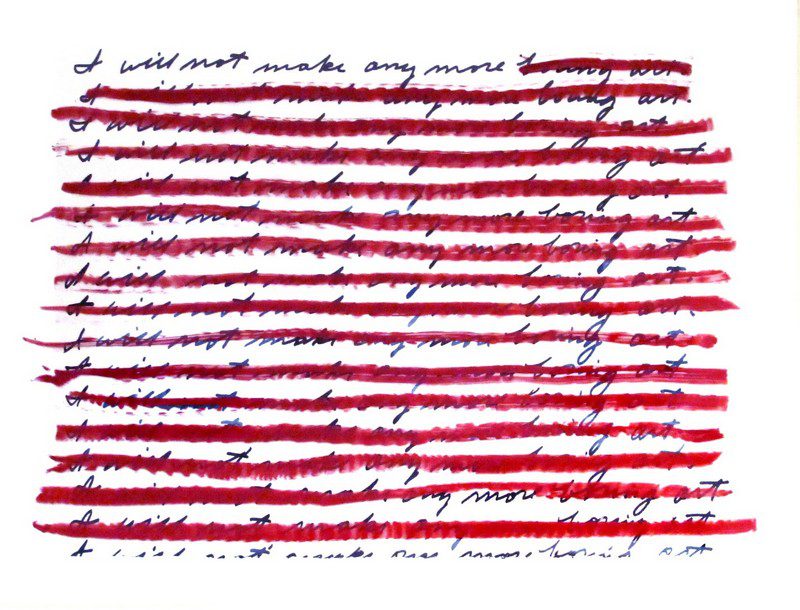TRACES: John Baldessari
 Today is the occasion to bear in mind the American artist John Baldessari (17/6/1931-2/1/2020), a major figure in Contemporary Art, John Baldessari has been termed one of the most influential artists to emerge since the mid-1960s. From his phototext canvases of the 1960s to his composite photo collages and installations of the 1980s, Baldessari has contributed to the definition of postmodern art. This column is a tribute to artists, living or dead, who have left their mark in contemporary art. Through documents or interviews, starting with: moments and memories, we reveal out from the past-unknown sides of big personalities, who left their indelible traces in time and history…
Today is the occasion to bear in mind the American artist John Baldessari (17/6/1931-2/1/2020), a major figure in Contemporary Art, John Baldessari has been termed one of the most influential artists to emerge since the mid-1960s. From his phototext canvases of the 1960s to his composite photo collages and installations of the 1980s, Baldessari has contributed to the definition of postmodern art. This column is a tribute to artists, living or dead, who have left their mark in contemporary art. Through documents or interviews, starting with: moments and memories, we reveal out from the past-unknown sides of big personalities, who left their indelible traces in time and history…
By Efi Michalarou
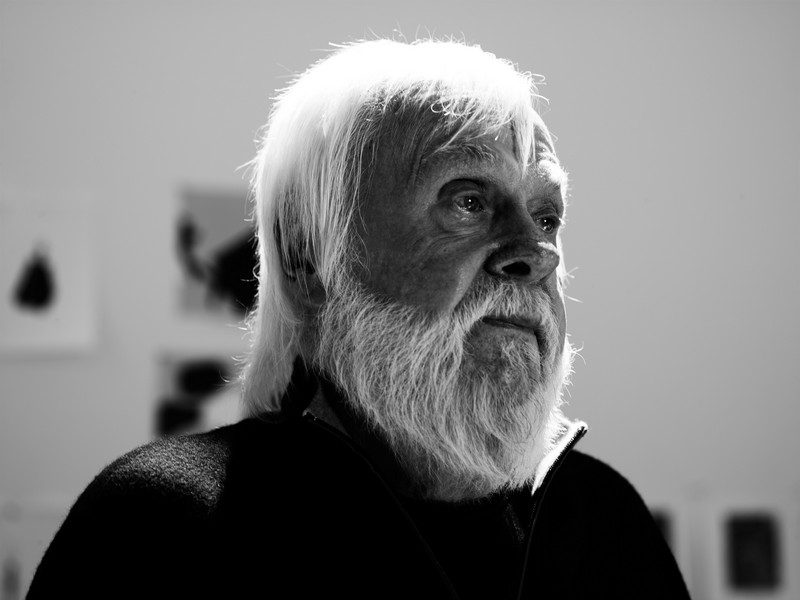 John Baldessari was born in 1931 in National City, California. Baldessari grew up in relative isolation during the Great Depression. His father’s entrepreneurial attitude to supporting his family likely had a profound impact on Baldessari’s decision to become an artist. His father worked in various trades, from crop-picking to building, and he would recycle and reuse everything and repurposing as many objects as he could to make money. From a young age, Baldessari would assemble and dismantle his father’s materials, questioning why one object was chosen over another. Baldessari’s approach was radical, mocking the absurdity of art making, and this encouraged him to abandon the hand-painted quality of his paintings and adopt elements of found text and photography. He exploited appropriated text and photographs from newspapers and magazines in his work, believing that people are able to relate to words and images that are familiar. His first breakthrough works featured only text, as exemplified in “Tips For Artists Who Want To Sell” 1966-1968, where he sardonically explains the “necessary” formal elements for a painting to sell. In 1970, Baldessari incinerated all of his paintings prior to 1966 for a new piece titled “The Cremation Project”, where he baked the ashes into cookies and placed them in an urn. This conceptual work relates to the continuous cycle of life, everything is created, destroyed, and renewed. Baldessari often employed local sign painters to complete the lettering, pointing them to remove the handcrafted quality entirely. In 1970 he took the concept of ‘pointing’ to a new level with his “Commissioned Paintings” series. In this he commissioned amateur artists to complete the painting, adding the caption “A painting by…” to each work. This body of work questioned the notion of artistic authorship, a highly criticized topic concerning conceptual art. During this time, Baldessari created several video pieces, such as “I Am Making Art” 1971 In this video piece, Baldessari makes several arm movements, reciting the phrase, “I am making art,” after each gesture. Baldessari has always been conscious of the power of choice in artistic practice – like choosing to paint something red rather than blue, for example. Here, he carefully associates the choice of arm movements with the artistic choices that a painter or sculptor may make, concluding that choice is a form of art in itself. But he also confronts one of the fascinating problems that unpinned the work of many early Conceptual artists: how much can art be reduced and simplified before it stops being art at all? Baldessari offers no definitive answer, but he suggests that the gap between art and the ordinary, between art and life, may be imperceptible and “Baldessari Sings LeWitt” 1972, where he makes humorous commentary on the decisions of the creative process as seen in contemporary conceptual art.In the 1970s, Baldessari took a more ‘artless’ approach to image making by appropriating stills from B-movies to create synthesized photomontages. The photographs were cheap and easy to ac quire, allowing him to systematically juxtapose various images to create a new narrative context. Influenced by early Hollywood cinema, the work suggested movement, similar to a storyboard grid, allowing him to document actions rather than monumentalizing his subject matter. As seen in “Frames and Ribbon” 1988, he incorporated stickers to conceal individual faces, thus veiling emotional content and drawing attention to minor details and the negative space between frames. The pricing stickers serve as a minimalist painting technique, creating a new depth within a flat field of color, breaking up the realistic black and white photo content. Baldessari continued to examine parts of the body through the series “Noses and Ears” 2006-2007 and “Arms and Legs” 2007-2008. Baldessari viewed his own features as separate entities, rather than belonging to a whole body.
John Baldessari was born in 1931 in National City, California. Baldessari grew up in relative isolation during the Great Depression. His father’s entrepreneurial attitude to supporting his family likely had a profound impact on Baldessari’s decision to become an artist. His father worked in various trades, from crop-picking to building, and he would recycle and reuse everything and repurposing as many objects as he could to make money. From a young age, Baldessari would assemble and dismantle his father’s materials, questioning why one object was chosen over another. Baldessari’s approach was radical, mocking the absurdity of art making, and this encouraged him to abandon the hand-painted quality of his paintings and adopt elements of found text and photography. He exploited appropriated text and photographs from newspapers and magazines in his work, believing that people are able to relate to words and images that are familiar. His first breakthrough works featured only text, as exemplified in “Tips For Artists Who Want To Sell” 1966-1968, where he sardonically explains the “necessary” formal elements for a painting to sell. In 1970, Baldessari incinerated all of his paintings prior to 1966 for a new piece titled “The Cremation Project”, where he baked the ashes into cookies and placed them in an urn. This conceptual work relates to the continuous cycle of life, everything is created, destroyed, and renewed. Baldessari often employed local sign painters to complete the lettering, pointing them to remove the handcrafted quality entirely. In 1970 he took the concept of ‘pointing’ to a new level with his “Commissioned Paintings” series. In this he commissioned amateur artists to complete the painting, adding the caption “A painting by…” to each work. This body of work questioned the notion of artistic authorship, a highly criticized topic concerning conceptual art. During this time, Baldessari created several video pieces, such as “I Am Making Art” 1971 In this video piece, Baldessari makes several arm movements, reciting the phrase, “I am making art,” after each gesture. Baldessari has always been conscious of the power of choice in artistic practice – like choosing to paint something red rather than blue, for example. Here, he carefully associates the choice of arm movements with the artistic choices that a painter or sculptor may make, concluding that choice is a form of art in itself. But he also confronts one of the fascinating problems that unpinned the work of many early Conceptual artists: how much can art be reduced and simplified before it stops being art at all? Baldessari offers no definitive answer, but he suggests that the gap between art and the ordinary, between art and life, may be imperceptible and “Baldessari Sings LeWitt” 1972, where he makes humorous commentary on the decisions of the creative process as seen in contemporary conceptual art.In the 1970s, Baldessari took a more ‘artless’ approach to image making by appropriating stills from B-movies to create synthesized photomontages. The photographs were cheap and easy to ac quire, allowing him to systematically juxtapose various images to create a new narrative context. Influenced by early Hollywood cinema, the work suggested movement, similar to a storyboard grid, allowing him to document actions rather than monumentalizing his subject matter. As seen in “Frames and Ribbon” 1988, he incorporated stickers to conceal individual faces, thus veiling emotional content and drawing attention to minor details and the negative space between frames. The pricing stickers serve as a minimalist painting technique, creating a new depth within a flat field of color, breaking up the realistic black and white photo content. Baldessari continued to examine parts of the body through the series “Noses and Ears” 2006-2007 and “Arms and Legs” 2007-2008. Baldessari viewed his own features as separate entities, rather than belonging to a whole body.






